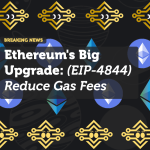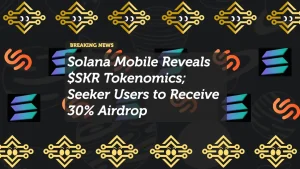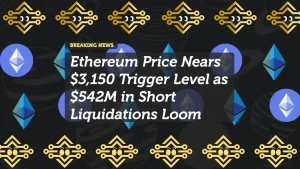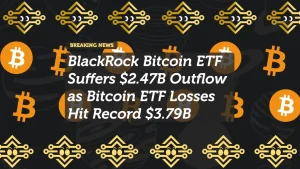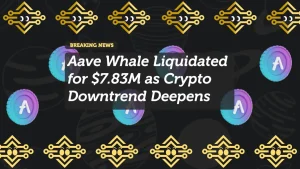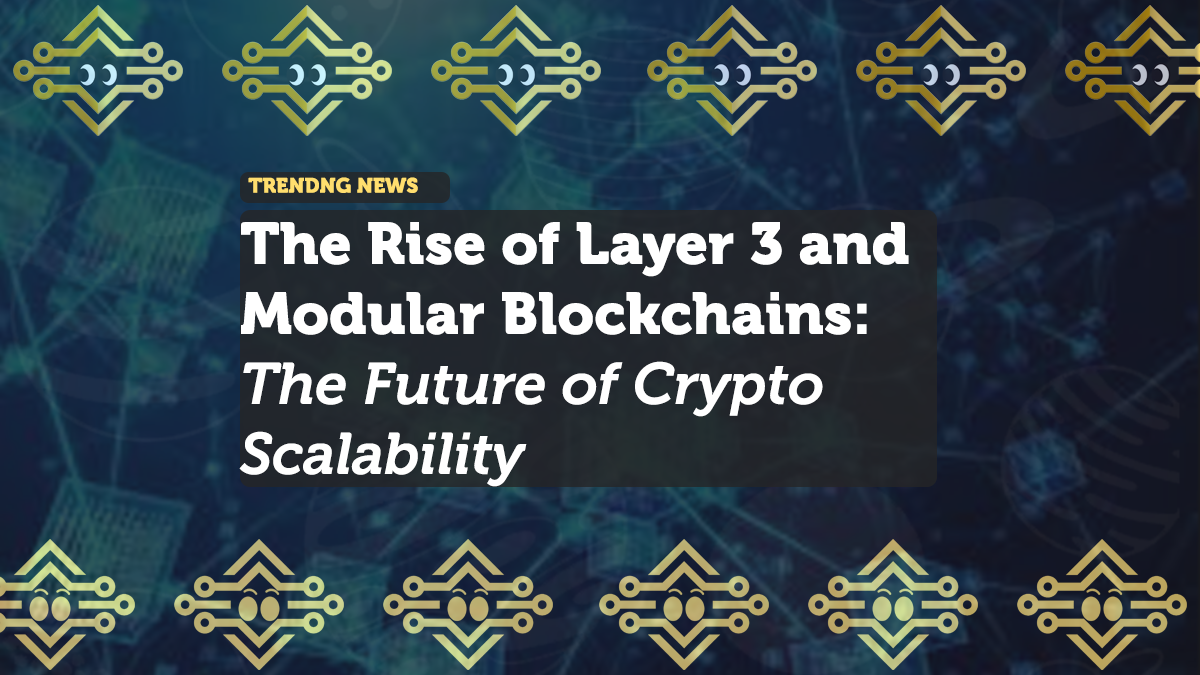
The Rise of Layer 3 and Modular Blockchains: The Future of Crypto Scalability
Ethereum’s Layer 2 solutions, such as Arbitrum, Optimism, and zkSync, have significantly improved scalability and reduced transaction costs. But now, the next evolution is here: Layer 3 and modular blockchains.
These emerging technologies aim to make blockchains even more scalable, customizable, and efficient by introducing specialized chains, enhanced interoperability, and lower fees.
Let’s explore how Layer 3 solutions and modular blockchains are shaping the future of crypto.
What is Layer 3?
Layer 3 (L3) is an additional scaling layer built on top of Layer 2 solutions. Each layer in the blockchain stack serves a different purpose.
| Blockchain Layer | Function |
|---|---|
| Layer 1 (L1) | Provides security and decentralization (Ethereum, Bitcoin) |
| Layer 2 (L2) | Improves scalability and reduces fees (Arbitrum, Optimism, zkSync) |
| Layer 3 (L3) | Enables customization and application-specific chains |
Layer 3 allows developers to build tailor-made blockchains for specific use cases while still benefiting from the security of Layer 1 and the scalability of Layer 2.
Why Do We Need Layer 3?
Even with Layer 2 scaling, some challenges remain.
- High transaction fees for certain applications like DeFi and gaming
- Specialized requirements, such as privacy-focused transactions and enterprise blockchain solutions
- Seamless interoperability, allowing different blockchain networks to communicate efficiently
How Layer 3 Solves These Problems
- Creates dedicated environments for different industries and applications
- Further reduces fees by introducing additional scaling layers
- Enhances interoperability, making it easier for different blockchain ecosystems to interact
Key Layer 3 Projects
zkSync Hyperchain
zkSync, a leading zk-Rollup on Ethereum, is launching Hyperchain, a Layer 3 framework that enables anyone to create custom Layer 3 blockchains.
- Lower transaction costs
- Ultra-fast transactions
- Seamless Ethereum compatibility
StarkEx and StarkNet
- StarkNet is a Layer 2 zk-Rollup focused on Ethereum scalability
- StarkEx is a Layer 3 solution allowing applications to have dedicated zk-Rollups, optimizing costs and efficiency
- Used by projects like dYdX and Immutable X for DeFi and gaming
Modular Blockchains: A New Paradigm
Traditional blockchains, like Ethereum and Solana, are monolithic, meaning they handle execution, security, and data availability within the same system.
Modular blockchains break this model by separating these functions, leading to:
- More efficient scaling
- Lower fees
- Customizable blockchain solutions
Key Modular Blockchain Projects
Celestia: The First Modular Blockchain
Celestia separates data availability from execution, making rollups more efficient.
- Developers can launch custom blockchains
- Lower gas fees and faster transactions
- More flexible consensus mechanisms
EigenLayer and Restaking
EigenLayer introduces restaking, allowing Ethereum stakers to secure additional chains and improve blockchain scalability.
- Enhances Ethereum’s security model
- Creates a shared security framework for Layer 2 and Layer 3 solutions
- Expands staking rewards and opportunities
How Will Layer 3 and Modular Blockchains Impact Crypto?
- Even lower transaction fees, making it more affordable than current Layer 2 rollups
- Custom chains for different applications, including DeFi, gaming, and enterprises
- More interoperability, enabling easier connections between Layer 2 and Layer 3 networks
- Mass adoption of blockchain technology due to improved scalability
Recent Developments in Layer 3 and Modular Blockchains
- March 2024: zkSync announces Hyperchain testnet launch
- April 2024: Celestia developers reveal new data availability solutions
- May 2024: EigenLayer expands restaking options for Ethereum validators
These advancements indicate that Layer 3 and modular blockchains are becoming a reality faster than expected.
Final Thoughts
Layer 3 and modular blockchains are the next frontier in crypto scalability. With projects like zkSync Hyperchain, Celestia, and EigenLayer, Ethereum’s ecosystem is evolving to support millions of users while keeping costs low.









